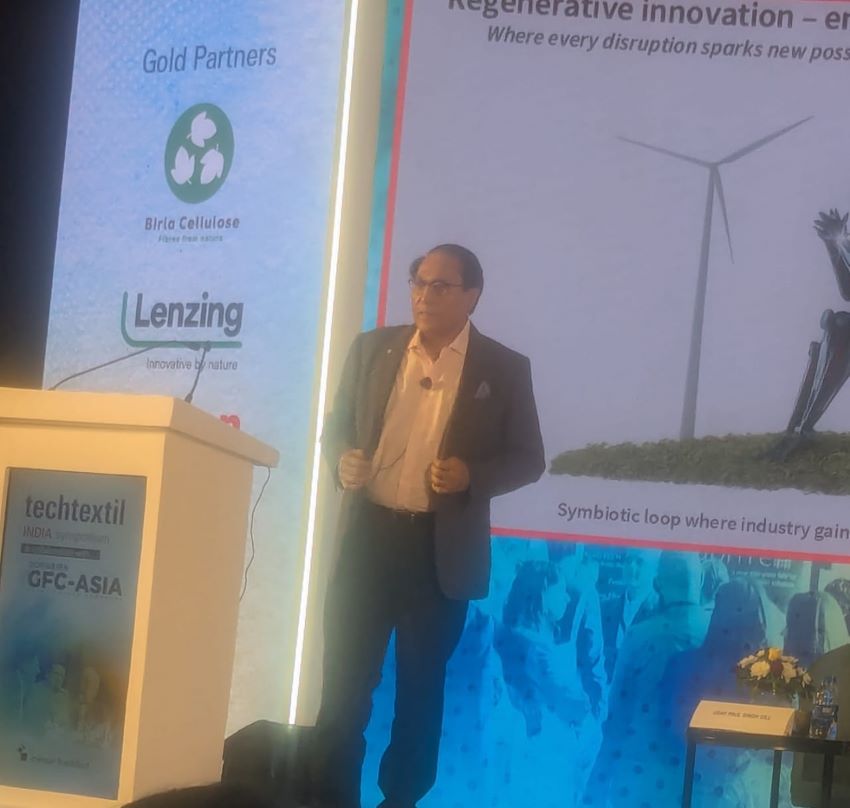South Indian textile mills have reduced their cotton procurement by around 40 per cent from Gujarat during the October-September season of 2016-17. Reason: growing adulteration in cotton. Faced with a growing demand, ginners in Gujarat reportedly started mixing comber waste in cotton. This propelled many mill owners to tap other parts of the country for cotton procurement to meet the compliance norms set by buyers.
High contamination affects the quality of yarns as well as the final product, that is, the garment. It is difficult for mills to identify the contamination as comber waste looks cleaner than cotton. Generally the quality of cotton is determined by its color, fiber length, strength, fitness and the degree to which the cotton is free from contamination. One of the important factors which make quality of raw cotton low is contamination. A contamination may be an impurity, which can affect the subsequent processes, product appearance or product quality in general. Contamination causes to produce low quality lint cotton, yarn and manufactured goods.
Contamination of raw cotton may take place at any level, at farm while picking, at storage and marketing or at ginning. Cotton at the farm level is mainly contaminated before or at the time of picking in a number of ways. At the time of ball opening brackish and decayed seed cotton appears. Mixed picking of these balls also causes contamination.
Southern mills avoid Gujarat cotton due to adulteration
- 1
- 2
- 3
- 4
- 5
- 6
- 7
- 8
- 9
- 10
No A-Grades for Climate: What the fossil-free fashion scorecard reveals about in…
For years, the global fashion industry has promised a cleaner, greener future but 2025’s Fossil-Free Fashion Scorecard by STAND.earth offers... Read more
Wired Threads: How India’s textile backbone is powering the smart apparel future
India’s huge textile industry, long celebrated for its command over cotton and competitive manufacturing scale, is going through a foundational... Read more
The New Core Competency: How sustainability and advanced fabrics are driving Ind…
The SportTech Pavilion at Techtextil India, hosted by Concepts N Strategies, concluded with a unanimous declaration: for India to successfully... Read more
New EU import rules set to raise prices for Shein and Temu, boosting European re…
Europe’s fashion and textile scenario is on the verge of its most consequential structural shift in over a decade. The... Read more
Global apparel trade rebalances in 2025 as Europe rises, Asia stumbles: Wazir Ad…
As the global apparel economy enters the final quarter of 2025, trade flows across major markets reveal a sector facing... Read more
Tariffs, turbulence and tenacity, India’s textile sector finds new strength
India’s textile and apparel export sector is showing a remarkable capacity to adapt and thrive in one of the most... Read more
Future Fiber Demand and the Chemical Recycling Imperative: Global industry eyes …
The global textile industry is entering a period of exponential growth and profound technological transformation, according to key figures speaking... Read more
Regenerative innovation and the Human-Centric future of textiles
The global textile industry is at a crossroads where mere efficiency and profit no longer guarantee survival. This was the... Read more
Profit with Purpose: Inside the 35% margin boom in upcycled fashion wholesale
The secondhand wholesale sector, once seen as the back end of fashion, is now leading a quiet revolution, one that... Read more
Beyond CMT: Collaboration, not competition, is India’s new growth strategy
The journey for India’s activewear industry to move "Beyond CMT" (Cut, Make, Trim) and capture the global premium mandate is... Read more












